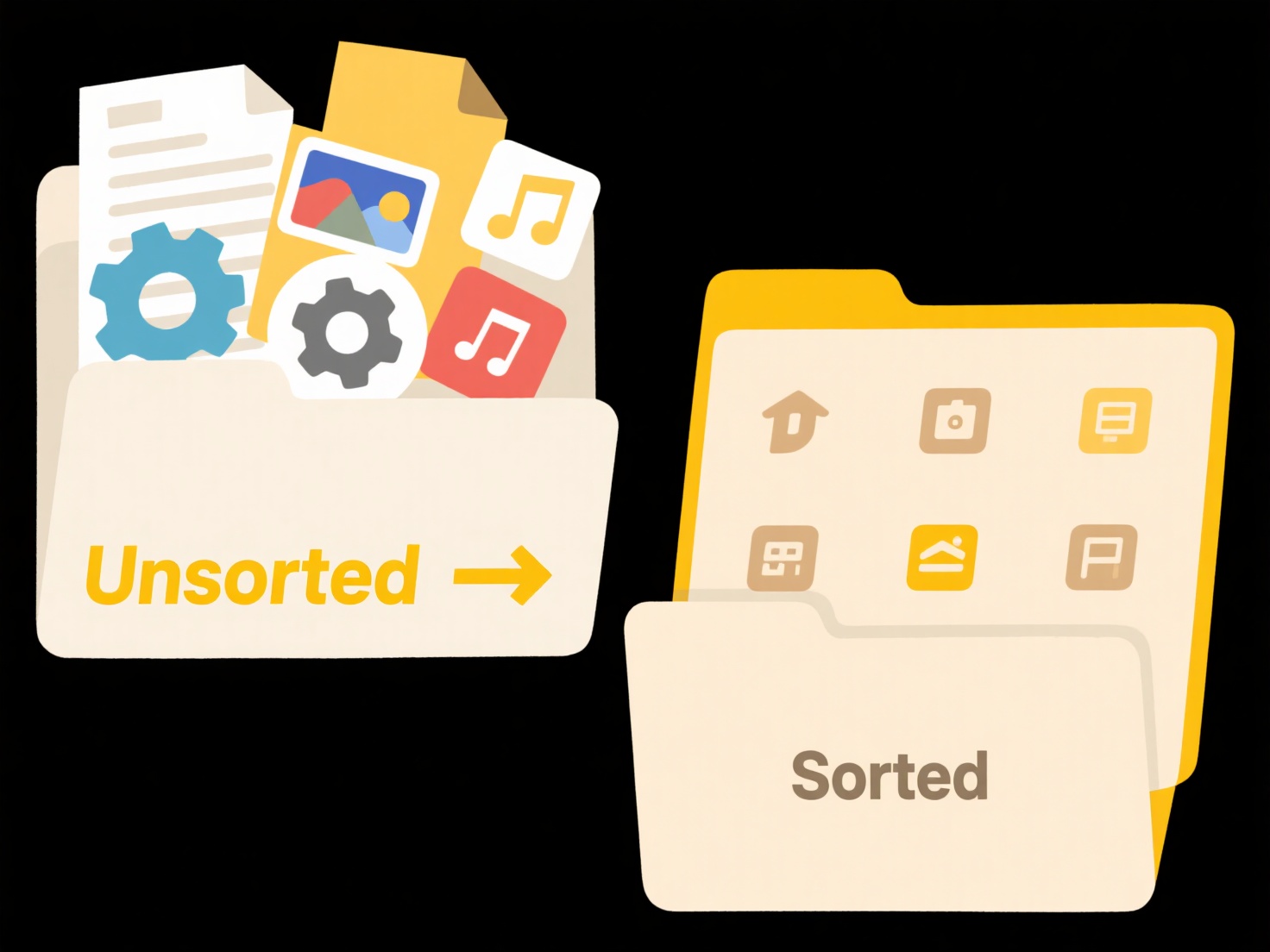
Renaming photos by camera model involves assigning filenames based on the specific make and model of the camera that captured the image, such as "Nikon_D850_". This information is typically retrieved from the metadata embedded within the photo file (like EXIF data). It differs from renaming by date or sequence number as it organizes images based on the hardware used, providing immediate context about the source device without opening the file.

Common use cases include photographers managing large libraries who need to quickly sort images shot with different bodies, such as distinguishing between a main "Sony_A7IV_" and a backup "Canon_R5_". Photo management applications like Adobe Lightroom Classic, Bridge (using Batch Rename), Capture One, and standalone renaming utilities (e.g., ExifRenamer, Advanced Renamer) support this feature. Batch processing applies the camera model automatically to selected files.
This renaming strategy offers excellent organizational clarity for multi-camera users, aiding in asset management and searching. However, its main limitation is dependency on accurate, existing metadata; photos lacking it or heavily edited files might not identify correctly. While generally neutral ethically, users should be aware that filenames persist if shared. Future advancements might include deeper AI-driven metadata validation or tighter OS integration for easier access.
How do I rename photos by camera model?
Renaming photos by camera model involves assigning filenames based on the specific make and model of the camera that captured the image, such as "Nikon_D850_". This information is typically retrieved from the metadata embedded within the photo file (like EXIF data). It differs from renaming by date or sequence number as it organizes images based on the hardware used, providing immediate context about the source device without opening the file.

Common use cases include photographers managing large libraries who need to quickly sort images shot with different bodies, such as distinguishing between a main "Sony_A7IV_" and a backup "Canon_R5_". Photo management applications like Adobe Lightroom Classic, Bridge (using Batch Rename), Capture One, and standalone renaming utilities (e.g., ExifRenamer, Advanced Renamer) support this feature. Batch processing applies the camera model automatically to selected files.
This renaming strategy offers excellent organizational clarity for multi-camera users, aiding in asset management and searching. However, its main limitation is dependency on accurate, existing metadata; photos lacking it or heavily edited files might not identify correctly. While generally neutral ethically, users should be aware that filenames persist if shared. Future advancements might include deeper AI-driven metadata validation or tighter OS integration for easier access.
Quick Article Links
Can I preview file name changes before applying them?
Can I preview file name changes before applying them? Wisfile provides full transparency and control over renaming ac...
What’s the best naming approach for time-sensitive files (e.g., deadlines)?
A standardized timestamp-first approach is best for naming time-sensitive files. Prefix the filename with the critical d...
How do I prevent shared file leaks or misuse?
Shared file leaks or misuse occur when sensitive information is unintentionally exposed to unauthorized parties or acces...